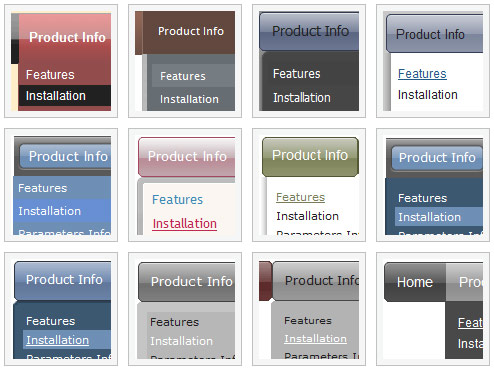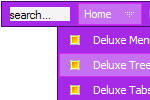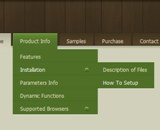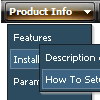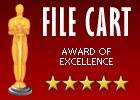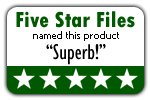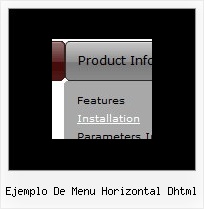Recent Questions
Q: Is there an option for word wrap for dreamweaver drop down menu?
A: To wrap your text you can use the following parameter:
var tnoWrap=0;
You can also use standard <br> tags.
["|Text Text Text Text <br> Text","testlink.htm", "default.files/icon1_s.gif", "default.files/icon1_so.gif", "", "Home Page Tip", "", "", "", ],
Q: The page that I am creating lists out notes from our system - there is a "options" button to the right of each note - when the cursor hovers over this button I want to dynamically load the drag drop menu.
A: You can try to use pop up drag drop menu.
http://deluxe-menu.com/popup-mode-sample.html
You may also generate a menus from a database or XML using any server-side script, e.g., PHP, ASP, VB, etc.
Q: Is there a way to capture which menu item was clicked in the popup menu and store that information into a database?
A: See how you can find the ID of the clicked item:
var menuItems = [
["Home","javascript:alert(itVar.id)", "", "", "", "_self", "3"],
];Q: We're looking to purchase the developer's license for the Deluxe menu/Tuner program and are not sure which to get. It shows one that doesn't contain the dhtml scripts source code and one that does. What is the importance of having the javascript source code? Will the program not work correctly if you don't have it?
A: See in Single Website License, Multiple Website License and DeveloperLicense our source code is obfuscated.
And in Developer License with Javascript Source Code you can see thecode and change it.
But we DO NOT provide technical support for modified source code.
